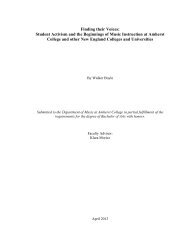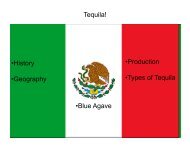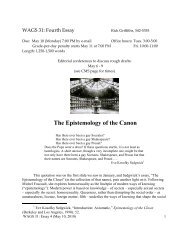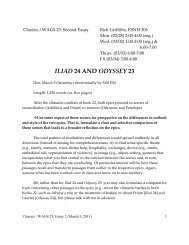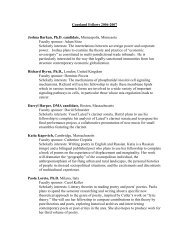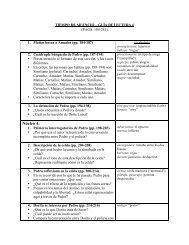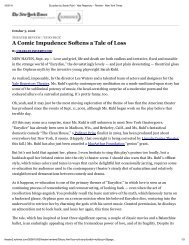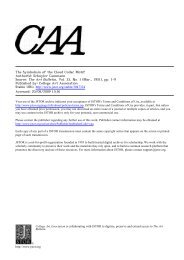Juma, Mary-Ann--Thesis
Juma, Mary-Ann--Thesis
Juma, Mary-Ann--Thesis
You also want an ePaper? Increase the reach of your titles
YUMPU automatically turns print PDFs into web optimized ePapers that Google loves.
The rapid rise in FDI inflows that African nations experienced in the 2000s was<br />
further bolstered by rising commodity prices. As oil prices reached $60 per barrel in<br />
2005, Nigeria and Angola, Sub-Saharan Africa’s top oil exporters, collectively saw<br />
inward FDI flows exceed $10 billion. In the five years after 2005, Angola experienced<br />
average GDP growth of about 12%, compared to 7% in the preceding five years. Though<br />
we can attribute some of this remarkable growth to the commodity boom, it is distinctly<br />
possible that the nation’s higher growth was led by the prior boost in FDI.<br />
6<br />
5<br />
4<br />
3<br />
2<br />
1<br />
0<br />
Figure 1: GDP growth and FDI in Sub-Saharan Africa (Total)<br />
1980 1985 1990 1995 2000 2005<br />
Inward FDI Flows as % of GDP (Left axis) Real GDP growth rate in % (Right axis)<br />
Source: UNCTAD (2012)<br />
To extend this preliminary analysis beyond Angola, Figure 1 compares annual<br />
FDI inward flows as a percentage of GDP to real GDP growth in Sub-Saharan Africa<br />
6<br />
10<br />
8<br />
6<br />
4<br />
2<br />
0<br />
-2



